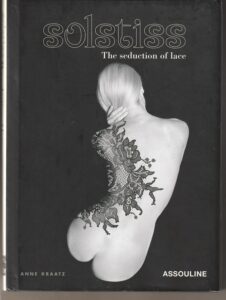
I’m not sure if Anne Kraatz’s 2006 Solstiss: The Seduction of Lace was a book commissioned by the Solstiss company.
In 1989, Kraatz wrote the delightfully erudite Lace: History and Fashion which — in addition to her deeply informed description of the methods, types, fashions and allure of lace — was beautifully illustrated with all sorts of laces in all sorts of settings and on all sorts of bodies, even the bodies of churchmen.
The Solstiss lace company was founded in 1974 by four established lace manufacturers. In the book’s thirteen-page text, Kraatz details the history of the company, its philosophy and its methods — which has led me to think the book might have been commissioned — and adds her own observations of the cultural place of lace over the centuries.
Mantillas, Monroe and Gardner
The bulk of the 80-page hardcover book, however, isn’t text, but is taken up with photographs and images of lace — some close-up, showing the architecture of the fabric; most, showing women, often beautiful, wearing lace.
One example is from 1900 — three Sicilian woman in black wearing mantillas, one imagines, for church:
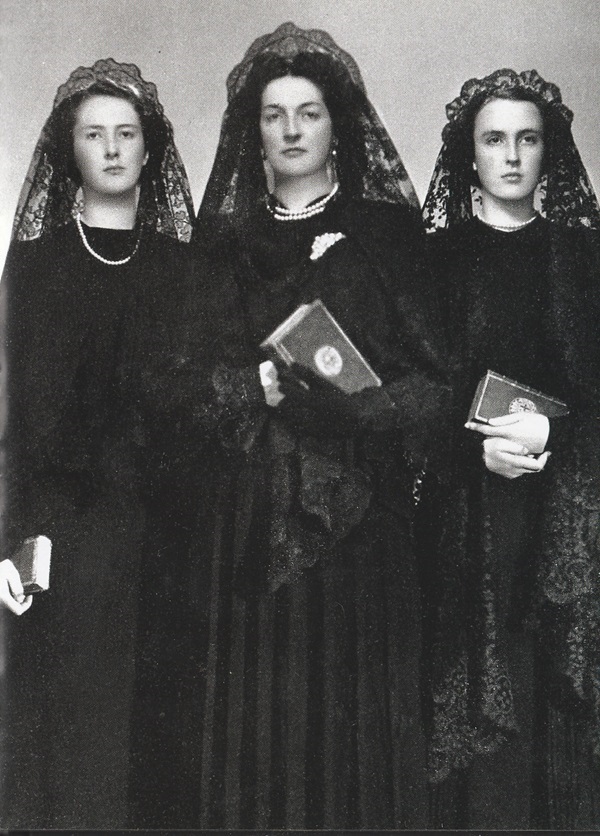
A few pages later, there is a photograph of, as the caption says, “a troubling and sensual Marilyn Monroe in a black negligee” from the mid 1950s.
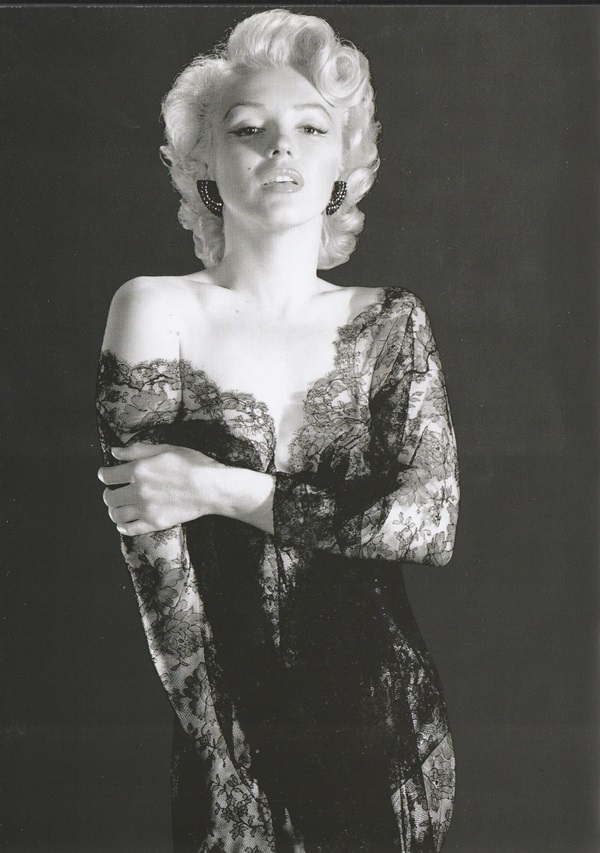
Some of the photos are of Solstiss lace as a fabric or on models, such as the sultry image of the French actress Anna Mouglalis in a Solstiss golden lace dress for Chanel.
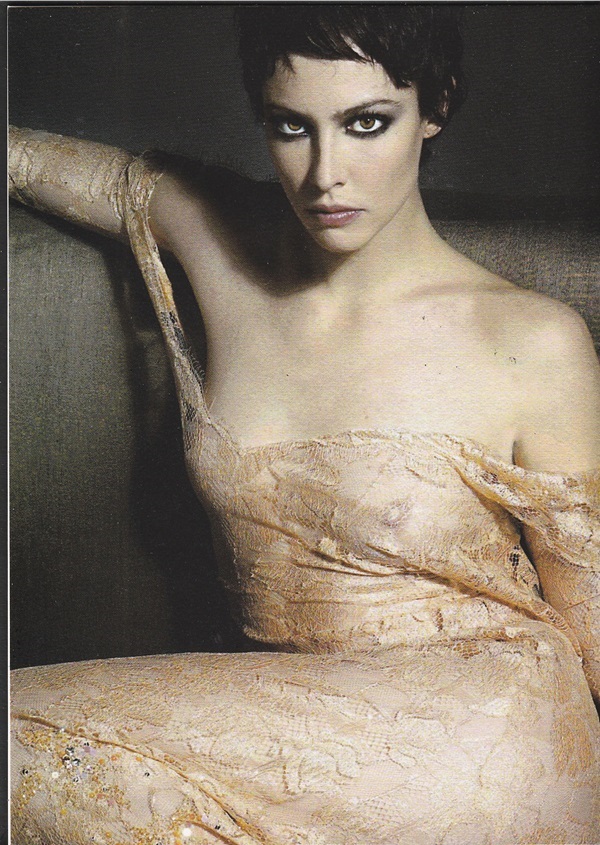
Most of the images, however, are from the history of lace, usually before the establishment of the company, such as Grace Kelly at her wedding to Prince Rainier of Morocco on April 19, 1956.

And the legendary 1928 portrait of Gloria Swanson behind a lace veil:
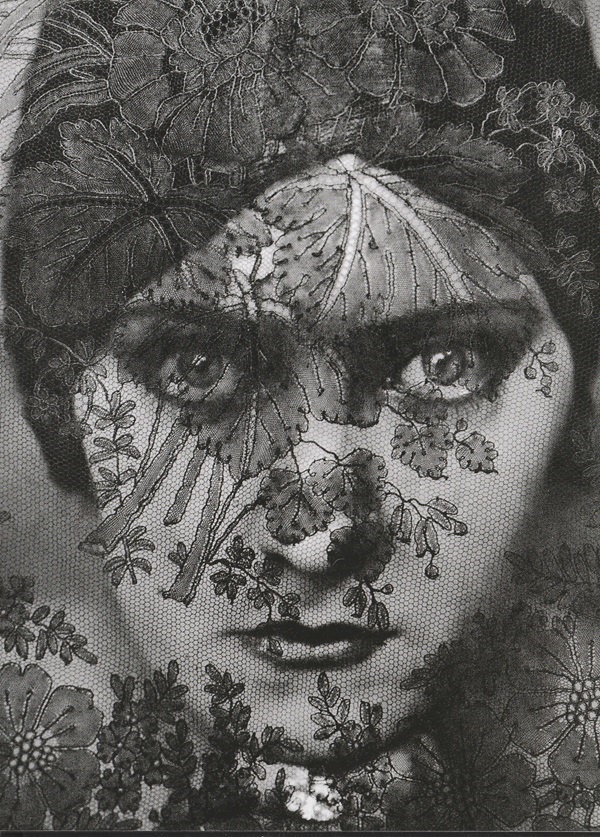
And Ava Gardner with a red lace fan on the cover of Paris March on Christmas day, 1954.
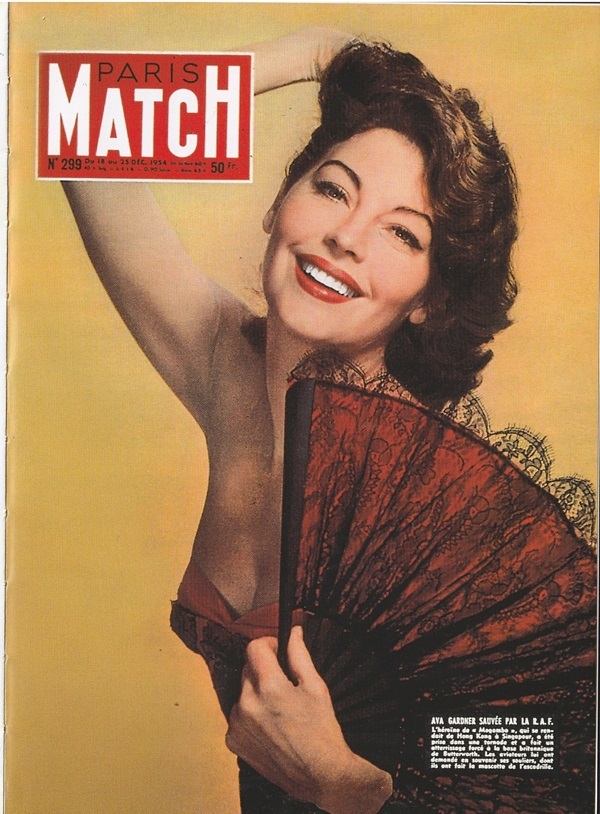
“Allows its open spaces to be filled with flesh”
Lace, Kraatz notes, is nothing if not evocative:
Lace bears an important message. Ask any man what the word evokes, and he’ll say, “Lace is black. I’m launched into the galaxy of Planet Eros.” The majority of women will answer, “Lace is white. It paves my way into the frost-covered forests of platonic love.”
This unusual duality, this automatic contrast of reactions — and yet the duality doesn’t exist because it’s interwoven — demonstrates the role lace plays in the collective imagination.
Lace, she writes, is about love and desire:
For it complies with the skin it dons and allows its open spaces to be filled with flesh.
That’s the way to think of lace — as allowing “its open spaces to be filled with flesh” and as “donning” the skin of the wearer.
No other fabric is as emotionally rich.
Patrick T. Reardon
4.1.24
Written by : Patrick T. Reardon
For more than three decades Patrick T. Reardon was an urban affairs writer, a feature writer, a columnist, and an editor for the Chicago Tribune. In 2000 he was one of a team of 50 staff members who won a Pulitzer Prize for explanatory reporting. Now a freelance writer and poet, he has contributed chapters to several books and is the author of Faith Stripped to Its Essence. His website is https://patricktreardon.com/.
